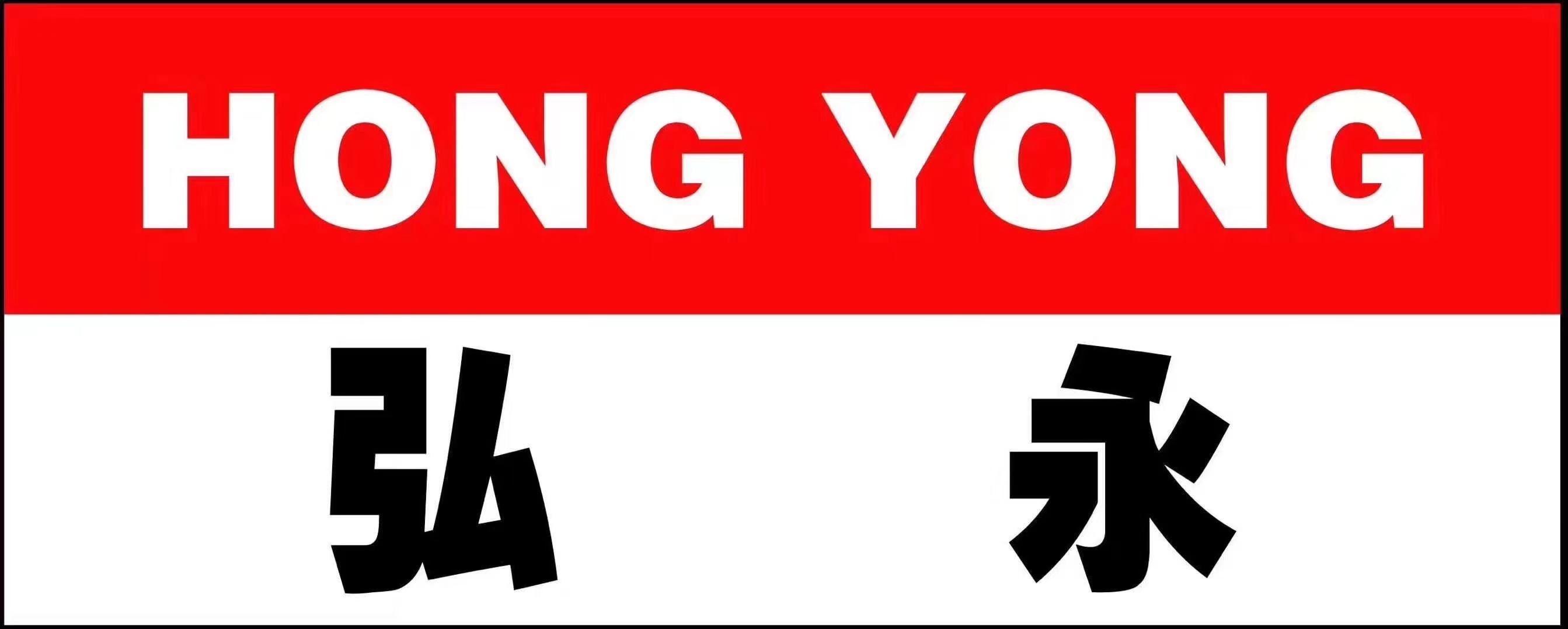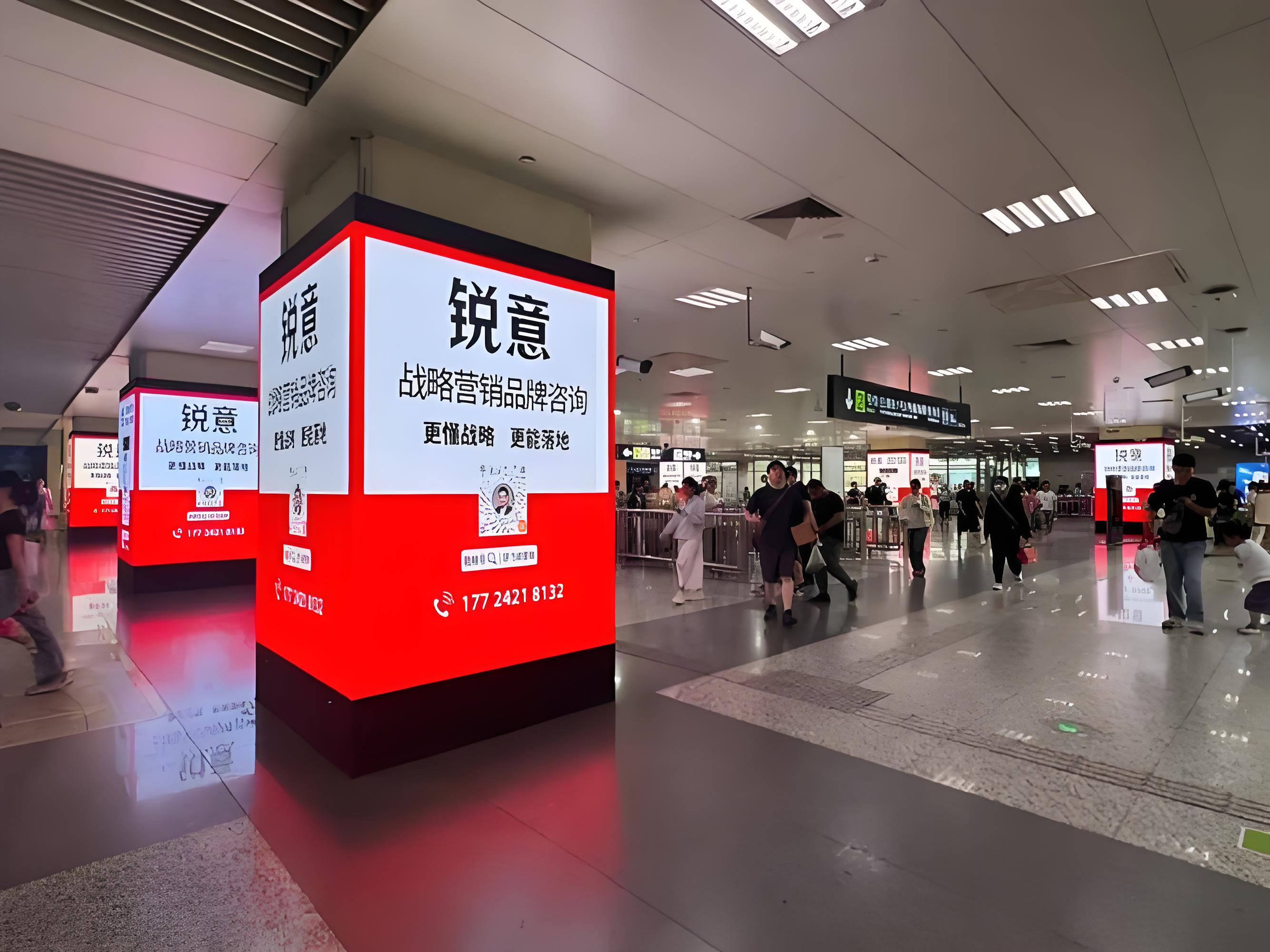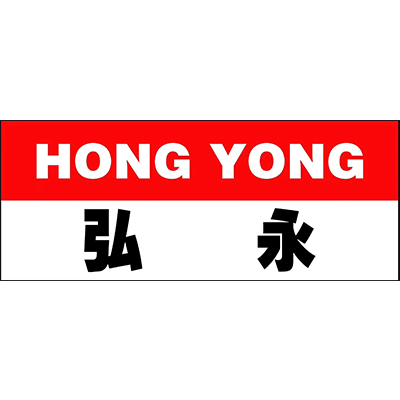The Future Development of the Advertising Industry
The future development of the advertising industry will present trends such as digitization, intelligence, and integration. The following is a specific introduction:
Continuous deepening of digitization and intelligence
Construction of AI native advertising decision-making and creative system: AI will play a more central role in the advertising industry, and positions such as "algorithm creatives" will emerge. AI can assist in creative generation, achieve intelligent and data-driven advertising creativity, strategy, and efficiency. For example, by analyzing a large amount of user data and market trends through AI, more targeted and attractive advertising ideas can be generated.
Precise advertising and personalized marketing: With the continuous development of big data technology, advertising will become more precise. Advertisers can provide personalized ad recommendations based on users' interests, behaviors, geographic locations, and other multidimensional information to increase ad click through rates and conversion rates. For example, e-commerce platforms can recommend personalized product advertisements to users based on their browsing history and purchasing behavior.
Strengthening the concept of advertising as a service: Advertising will become a part of user experience, achieving scene embedded advertising and building a closed loop of user value. Advertising is no longer just a means of information dissemination, but should be combined with users' needs and experiences to provide valuable services to them. For example, in some smart home devices, advertisements can provide personalized product recommendations and service information based on users' lifestyle habits and needs.
Virtual real integration scene expansion: The development of VR/AR/XR and other technologies will promote the landing of virtual space advertising, and digital human endorsement will also become a new choice. Virtual scenes can provide more diverse and unique display space for advertisements, attracting users' attention. For example, some brands have started using digital people as spokespersons for advertising and product promotion.
Platformization, modularization, and collaboration of industrial ecology: The boundaries of the advertising industry will become increasingly blurred, and the construction of collaborative networks has become a trend. The advertising industry will deeply integrate with other industries, forming a diverse and symbiotic industrial ecosystem. For example, the advertising industry interacts positively with industries such as agriculture, manufacturing, and cultural tourism, jointly building an industrial ecosystem.
Brand social value communication highlights: Brands need to deeply participate in social issues, integrate sustainable development concepts into advertising expression, and establish cultural identity with consumers. The shaping, accumulation, and precipitation of brand assets need to be closely integrated with the company's social responsibility awareness and social value practice. For example, some environmental brands have won the recognition and support of consumers by advertising their sustainable development concepts and practices.
Value enhancement of mainstream media: Mainstream media will capture and guide social emotions to spread positive energy, enhance user stickiness, rely on structured content, serialized IP, and the ability to set and lead issues, and achieve "re centralized" communication. At the same time, mainstream media actively promotes the shift of globalization narrative from "going out" to "going in", injecting new momentum into the expansion of Chinese brands into the global market.









Please first Loginlater ~